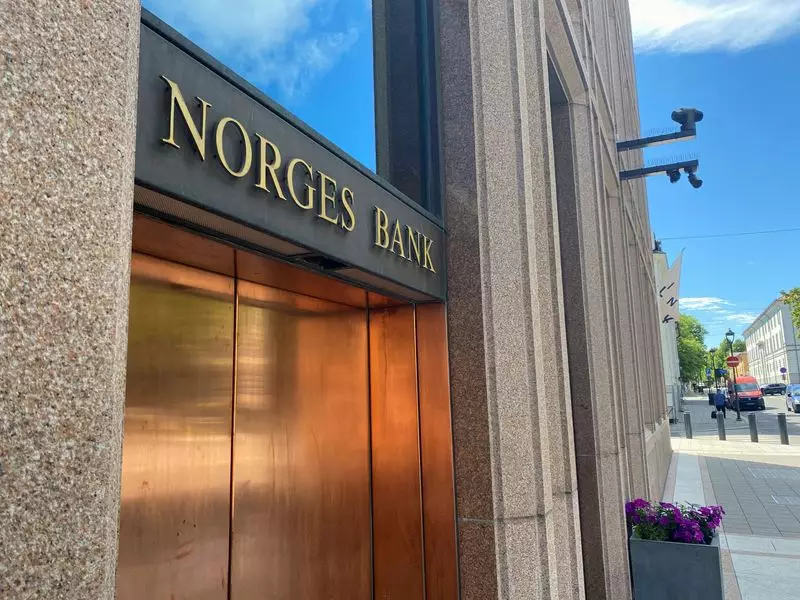In a decisive move that reflects its commitment to controlling inflation, Norway’s central bank, known as Norges Bank, has decided to maintain its policy interest rate at a notable 4.50%, the highest level it has been in 16 years. This decision aligns with predictions made by analysts in a recent Reuters poll, who unanimously anticipated that the bank would keep rates steady as it navigates economic uncertainties.
Governor Ida Wolden Bache emphasized in a statement that maintaining a restrictive monetary policy remains essential for bringing inflation down to the bank’s target. The strategy of keeping interest rates high stands in stark contrast to actions taken by several other western central banks, including the U.S. Federal Reserve and the European Central Bank, which have initiated rate cuts in 2023 in response to their own economic circumstances.
While many countries have opted for a more lenient monetary stance, with Sweden’s central bank being one of the latest to cut rates by 50 basis points, Norges Bank’s approach underscores its unique position in the current economic landscape. The Swedish central bank indicated that further reductions might be considered later if the economic outlook remains unchanged, highlighting a divergence in strategies across the region.
Norges Bank, however, reiterated its view on the Norwegian economy, asserting that the outlook has not materially altered since its September meeting. The central bank projects that interest rates will likely remain at their current level until at least the end of 2024. This conservative approach signifies a broader commitment to ensuring that inflation is managed effectively, particularly in the face of shifting global economic trends.
In an interesting development following the announcement, the Norwegian krone experienced a modest strengthening against the euro, rising from 11.81 to 11.79. Economists point out that the exchange rate of the Norwegian currency plays a vital role in shaping inflation dynamics within the country. A stronger krone can help mitigate inflationary pressures by making imports cheaper, whereas a weaker currency tends to increase import costs, thereby pushing consumer prices upward.
Despite a slight easing of core inflation to 3.1% year-on-year, down from a peak of 7.0% in June 2023, the Norwegian central bank remains vigilant. Even though current inflation numbers are lower than expected, the interplay between currency fluctuations and price levels necessitates attention. The central bank’s commitment to a stable monetary policy aims to achieve an inflation rate close to its target of 2.0%, a goal that remains a significant hurdle.
As Norges Bank approaches its next monetary policy meeting scheduled for December, it will have the opportunity to reassess its strategies based on newly available economic data. The central bank acknowledges that conditions may evolve, and additional insights will inform its future decisions. The trajectory of interest rates, inflation, and economic stability in Norway will be closely monitored in the months ahead, as the bank aims to navigate this delicate balance amidst a more global divergence in monetary policies.
Norway’s monetary policy stands out for its steadfastness in an era where many of its western counterparts are relaxing rates. As the central bank continues to prioritize inflation control, it faces the challenge of a fluctuating currency and evolving economic indicators, requiring careful navigation in the months to come.

